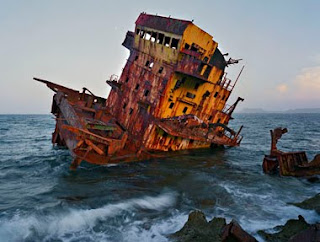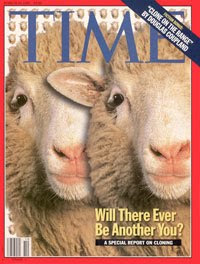"Manhole mayonnaise"
This quote summed up Singh's performance to me. His performance, for me, was less about the individual things he was referencing, and more about the general theme to the presentation, free association. The premise was about dreaming and started with the act of free association in one's sleep, and then stemmed into a myriad of directions based on the different types of associations able to be made between, around, through, etc two separate "objects." Manhole mayonnaise is very important to the point of Singh's work, because, at first it sounds nonsensical and then various associations can be found, no matter "how many words are required" for such associations to be "talked about."
3 Words
1) Performative
2) Narrative
3) Intellectual
About Singh
An interesting thing I learned about Alexandre Singh that I didn't already know is how diverse his education is and therefore, experience and knowledge of cultural idiosyncrasies. He was born in France, brought up in England, and educated at the School of Visual Arts in New York. This diversity reflects on his performances, because he actually is able to tailor them to the specific audience to which he is performing. For example, he can use Florida in his associations because the audience yesterday would be able to catch on to his quick references to Floridian history and popular culture. This, in itself is a sign of complete knowledge and dominance over his work, because he is able to accurately manipulate it this way or that. Also, it shows his sheer capacity for absorbing so many complexities of multiple cultures.
Answers to Questions
1) My first question regarded the importance of the viewer in Singh's installations and performances. I gathered from the lecture the audience is meant to be an audience, qualifying the piece as a performance. "People enjoyed me speaking at them about the work." Singh is an artist as well as an intellectual, so the audience, for me, seems to function as a sponge to absorb the complex narratives in his performances. In terms of his installations, the audience is important because thet can choose what level of presence they will have in the gallery setting. For example, in his installation, The School for Objects Criticized, the audience is ironic, because they are in fact, the critics at the time, watching a narrative unfold between anthropomorphized objects about the installation of which they are a part. The audience can choose to enter the installation before the "performance" and criticize only the objects, or stay and be entertained, or stay and criticize the "performance." Either way, they are embodying one or multiple roles in which the objects play.
2) My second question addressed the type of media and the importance of that decision. After the lecture, though, I realized Singh only makes one type of media: performance, whether that form is obvious at surface level or not. (See above description.)
Compelling Piece
I found the performance Singh made for us yesterday extremely compelling, probably because I am also searching for an avenue to make an audience understand complex associations between issues in my own work. The facts he is describing fall into the background the first time viewing the performance, which I think is the point. Singh's work becomes about the theme of connecting seemingly disconnected "objects" across history, culture, and popular culture within a culture. These associations are fascinating, and I plan to read more about them to understand better, but the performance is what I found compelling, because Singh was really successful in making the act of delivery a crucial aspect of the concepts within the work. It really felt like dreaming because I lost track of how I got to the particular slide, but it didn't matter, I knew it made sense somehow.































 pr
pr -d
-d k
k sh
sh

